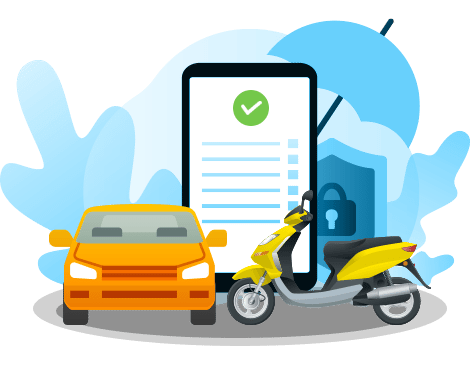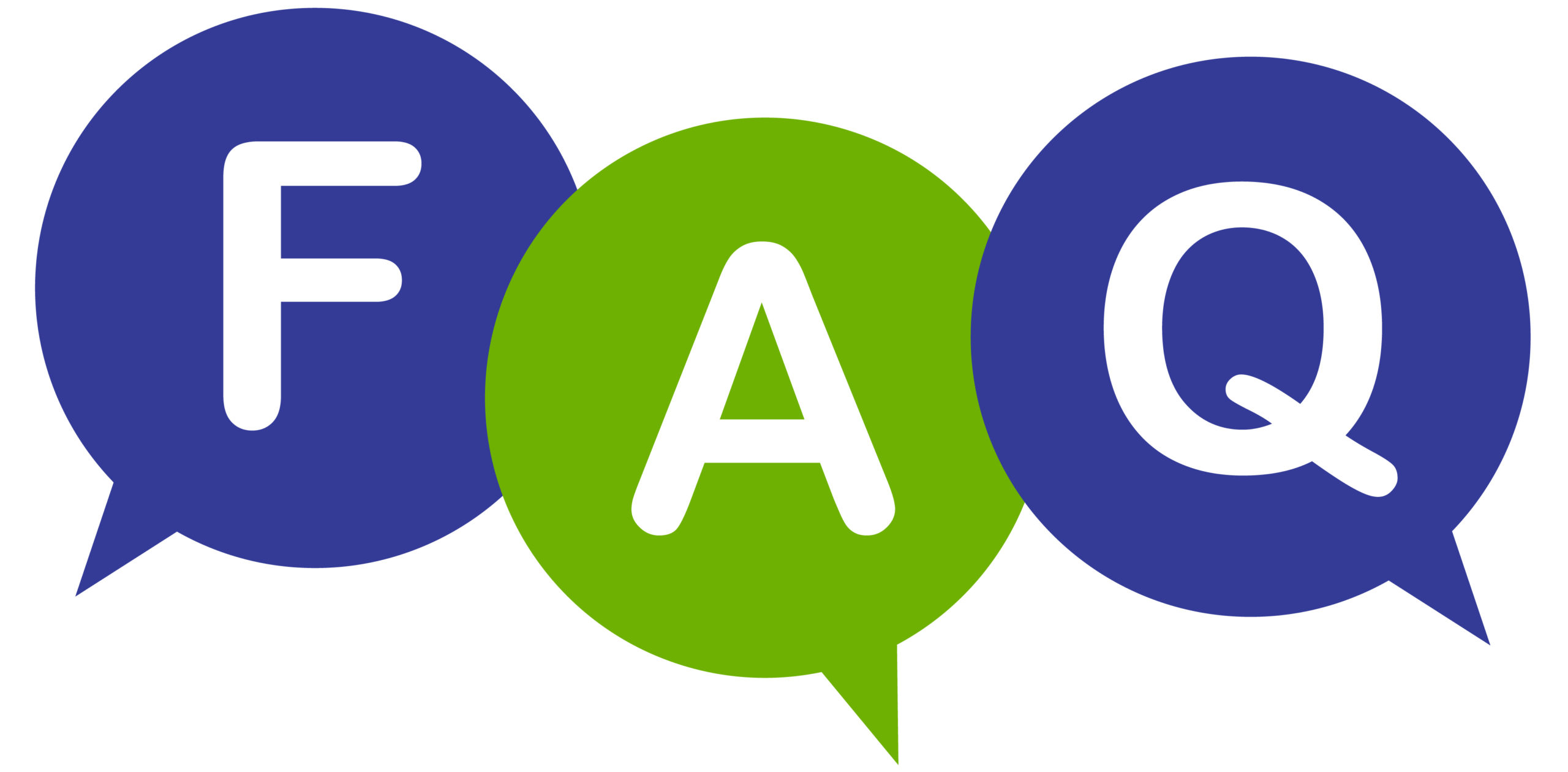- Dubai, United Arab Emirates
- tameenguru@gmail.com
- +971 54 379 7955
Motor Insurance deals with the insurance covers for the loss or damage caused to the vehicle or its parts













It provides accident cover for individual owners of the vehicles while driving and also for passengers and third-party legal liability.
Get Insurance Advice from Tameen Guru
The minimum requirement by law is to provide insurance i.r.o. Legal Liability to pay damages arising out of injury caused to any person. Policies with various levels of cover are available and may vary a little from one country to another:
Third Party Only: provides cover in respect of Liability incurred through death or injury to a third party , or damage to third party property.
Third Party, Fire and Theft policy : provides cover as above and in addition including cover for damage to the vehicle from fire and theft.
Comprehensive Policy: provides cover as above and in addition including cover for accidental loss of , or damage to , the vehicle itself. This is the most common form of policy.
Third Party Only: provides cover in respect of Liability incurred through death or injury to a third party , or damage to third party property.
Third Party, Fire and Theft policy : provides cover as above and in addition including cover for damage to the vehicle from fire and theft.
Comprehensive Policy: provides cover as above and in addition including cover for accidental loss of , or damage to , the vehicle itself. This is the most common form of policy.
Call us to get an Advice

Over 2000 Contacts Worldwide

100% Viewers Satisfaction guaranteed

First Educational Specialized Channel for Insurance

Insurance & Reinsurance Partners
Get Motor / Car / Vehicle Insurance Advice – instantly
Tameen Guru Youtube Channel:
Presented various topics about Motor including more details about the coverages and Riders (Additional Benefits), Underwriting Considerations and Summary of all coverages as below:
https://bit.ly/3GTCdeT
https://bit.ly/3mQAWgy
https://bit.ly/3CQKEoV
https://bit.ly/3GTCdeT
https://bit.ly/3mQAWgy
https://bit.ly/3CQKEoV
We've got answers

Frequently Asked Questions
1.What are the Principals of Motor Insurance?
The insured must bear a legal relationship to the subject matter whereby the stands to benefit by the safety of the property, right, interest or freedom from liability and stands to loss by any loss damage, injury or creation of liability.
2.What is not covered by motor insurance?
Any damage to the car due to war, terror attacks, invasion, foreign enemy action, civil war, mutiny, rebellion, hostilities, radiation or nuclear material/weapons are not covered under a standard motor policy. ... For instance, engine damage due to hydrostatic loss during monsoons is a common consequential loss.
3.What is No Fault Insurance?
Your no fault auto insurance is also known as Personal Injury Protection (PIP) coverage and helps pay the costs of medical expenses for you and your passengers after a car accident. These benefits apply to anyone in your vehicle, regardless of who is at fault for the collision.
One of the biggest differences between PIP coverage and other types of car insurance is who’s responsible for damages. For example, liability coverage only pays for claims after someone is at fault for an accident. PIP claims are typically covered whether or not you’re at fault. So, if you rear end another car and your passenger is injured, PIP can help pay for their medical costs. PIP will also help pay for your medical treatment if someone backs into your car and injures you.
4.Why no fault insurance is bad?
The pros of no-fault insurance are that it ensures quick claim payouts after an accident and reduces the number of lawsuits for minor injuries. The cons of no-fault insurance are that it raises car insurance premiums and makes it difficult for drivers to receive compensation for pain and suffering.
